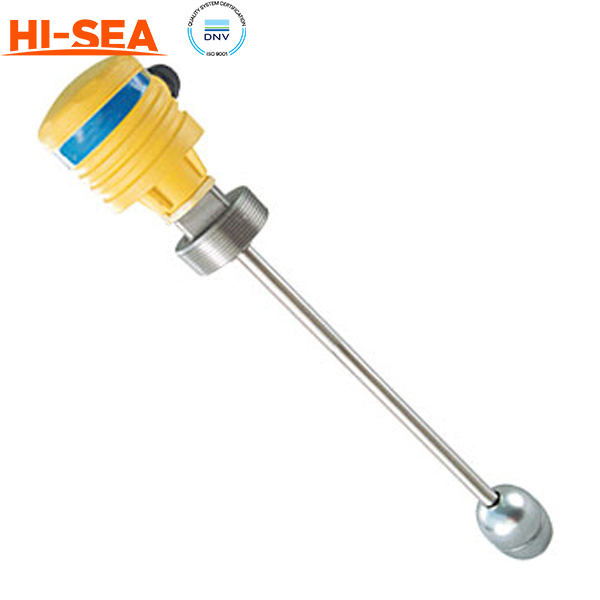MARINE & OFFSHORE EQUIPMENT
- Dredging Equipment
- Marine Deck Machinery
-
Marine Mooring Equipment
-
Marine Anchor
- AC-14 HHP Anchor
- Admiralty Anchor
- Beldt Stockless Anchor
- Bruce Anchor
- Spek Anchor
- Danforth HHP Anchor
- Delta High Holding Power Anchor
- GB11579-89 Light Weight Anchor
- Hall Anchor
- High Holding Power Mastrosov Anchor
- Hot Dip Galvanized Anchor
- Japan Stock Anchor
- JIS Stockless Anchor
- Pool Anchor
- Single Fluke Anchor
- Stainless Steel Anchor
- Stevpris MK5 Anchor
- Stingray Anchor
- US Navy Stockless Anchor
-
Marine Anchor Chain
-
Marine Shackle
- Kenter Shackle
- D Type Joining Shackle
- Pear Shaped Shackle
- Anchor Swivel Shackle Type A
- Anchor Swivel Shackle Type B
- Buoy Shackle Type A
- Buoy Shackle Type B
- C Type Detachable Connecting Link
- D Shackle
- Forelock Shackle
- Anchor Chain Swivel Group
- Straight Shackle
- Anchor Shackle
- Marine Triangle Plate
- Anchor Chain Swivel
- Anchor Chain Joining Shackle
- Anchor Chain End Shackle
- Slim Kenter Shackle
-
Chain Chaser
-
Marine Bollard
-
Marine Chock
-
Marine Fairlead
-
Marine Chain Stopper
-
Marine Mooring Reel
-
Marine Towing Bracket
-
Mooring Rope
-
Marine Towing Hook
-
Marine Shark Jaw
- Marine Fender
-
Marine Buoy
- Marine Floating Pontoon Dock
-
Marine Anchor
- Aquaculture Equipment
- Marine Outfitting Equipment
- Marine Propulsion System
-
Marine Painting
-
Marine Auxiliary Machinery
- Marine Air Compressor
- Marine Air Receiver
- Marine Sewage Treatment Plant
-
Marine Diesel Generator Set
- Marine Oil Water Separator
- Ballast Water Management System
- Marine Hydrophore
- Marine Calorifier
- Seawater Desalination Plant
-
Marine Oil Separator
- Marine Fuel Oil Supply Unit
- Marine Heat Exchanger
-
Marine Hot Well Unit
-
Marine Incinerator
-
Marine Boiler
-
Marine Valve
- JIS Marine Valve
- DIN Marine Valve
- ANSI Marine Valve
- GB Marine Valve
- CB Marine Valve
- CBM Marine Valve
-
Marine Gate Valve
-
Marine Globe Valve
-
Marine Angle Globe Valve
-
Marine SDNR Valve
-
Marine Angle SDNR Valve
-
Marine Check Valve
-
Marine Storm Valve
-
Marine Butterfly Valve
-
Marine Quick Closing Valve
-
Marine Fire Valve
-
Marine Self Closing Valve
- Marine Valve Accessories
-
Marine Pump
- Marine Centrifugal Pump
- Marine Screw Pump
-
Marine Gear Pump
-
Marine Vortex Pump
-
Marine Ejector Pump
-
Marine Diaphragm Pump
-
Marine Piston Pump
-
Marine Fire Pump
-
Marine Emergency Fire Pump
-
Marine External Fire Pump
-
Marine Ballast Water Pump
-
Marine Fuel Pump
-
Marine Lubricating Oil Pump
-
Marine Bilge Pump
-
Marine Sewage Pump
-
Marine Domestic Water Pump
-
Marine General Pump
-
Marine Cargo Oil Pump
-
Marine Hand Pump
- Marine Pump Parts
- Marine Life-saving Equipment
- Fire-fighting Equipment
- Marine Cable
- Marine Electrical Equipment
- Marine HVAC
-
Labour Protection Appliance
- Marine Decorative Material
-
Marine Anode
- Marine Pipe Fitting & Flange
- Marine Instrument
- Ship Building Equipment
INDUSTRY EQUIPMENT
- Hoisting Equipment
- Welding Machine & Material
-
Cutting Machine
- Container Securing Fitting
- Link Chain
- Container & Storage Equipment
-
Diesel Generator Set
- Other Equipment and Tools
- Petrochemical Equipment
- Fiber Reinforced Plastics
- Polymer Materials
- Environmental Protection Series
- Geo-products and Building Materials
- Metal Mesh
- Steel Grating
-
Earthwork Teeth
-
Turnbuckle
STOCK LIST
Contacts
 Tel:+86-23-67956606
Tel:+86-23-67956606
 FAX:+86-23-67956622
FAX:+86-23-67956622
 Email:manager@cqhisea.com
Email:manager@cqhisea.com
Working Time: 9:00--17:00
Working Day: Monday to Friday Website: www.cqhisea.com

pressure Transmitter 4~20mA
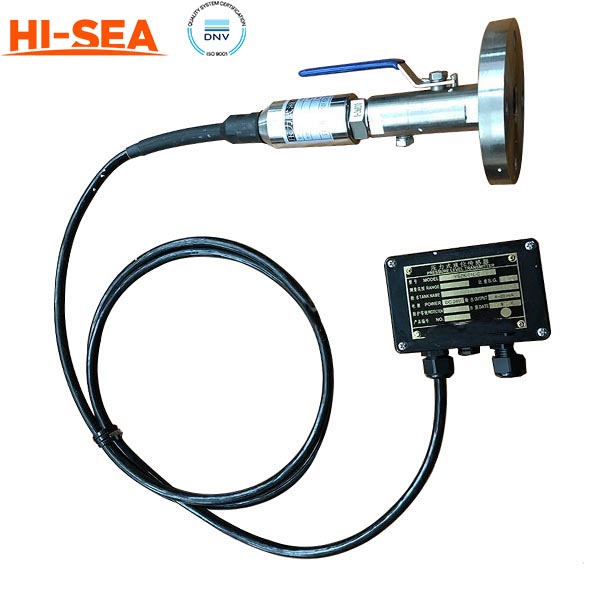
Pressure Transmitter 4~20mA
Operating Principle:
A pressure transmitter is a device used to measure and transmit the pressure of a fluid or gas in industrial processes. The 4-20mA (milliampere) signal is a common output format for pressure transmitters. It represents the pressure value as a current signal, where 4mA corresponds to the minimum pressure and 20mA represents the maximum pressure.
Here's a brief introduction to the 4-20mA pressure transmitter:
1. Principle of Operation: Pressure transmitters use various sensing technologies such as strain gauges, capacitive elements, or piezoresistive sensors to measure the pressure. These sensors convert the applied pressure into an electrical signal.
2. Output Signal: The 4-20mA signal is a widely used analog signal in industrial control systems. In this format, the current value is directly proportional to the measured pressure within the specified range. A pressure of 0 PSI (pounds per square inch) is represented by 4mA, while the maximum pressure corresponds to 20mA.
3. Benefits of 4-20mA: The 4-20mA signal is known for its robustness and reliability in industrial environments. It provides noise immunity, long-distance transmission capabilities, and can be easily converted into a voltage signal using a resistor. The 4-20mA signal is less susceptible to signal degradation over long cable runs compared to voltage-based signals.
4. Power Supply: Pressure transmitters typically require an external power supply, commonly 24V DC, to operate. This power supply is used to provide the necessary current for the 4-20mA output signal.
5. Wiring and Connection: The pressure transmitter is connected to a control system or a data acquisition device using a two-wire connection. One wire carries the 4-20mA current signal, while the other wire acts as a common reference or ground connection.
6. Calibration and Range: Pressure transmitters often allow calibration adjustments to match the specific range of pressures encountered in a given application. This calibration ensures accurate pressure measurement within the desired operating range.
7. Integration with Control Systems: Pressure transmitters with a 4-20mA output can be easily integrated into various industrial control systems such as PLCs (Programmable Logic Controllers) or DCS (Distributed Control Systems). These systems can process the current signal and provide real-time pressure readings for monitoring, control, or alarming purposes.
Overall, pressure transmitters with a 4-20mA output signal are widely used in industrial applications due to their reliability, noise immunity, and compatibility with existing control systems. They provide an efficient means of monitoring and controlling pressure in processes such as manufacturing, oil and gas, chemical processing, and many other
Drawing:



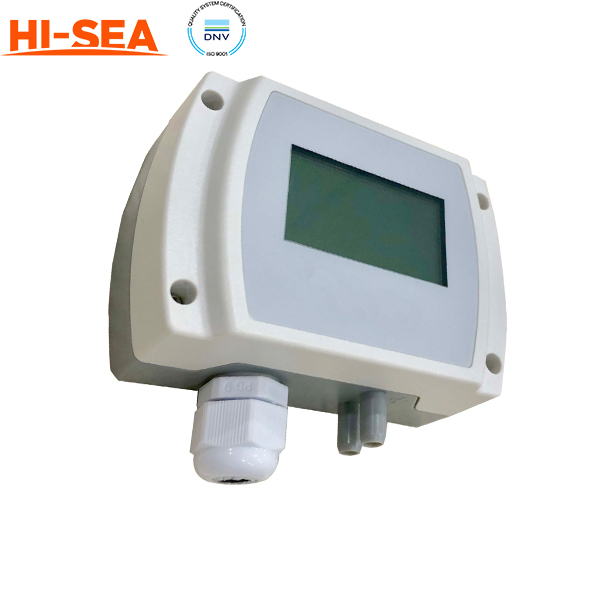
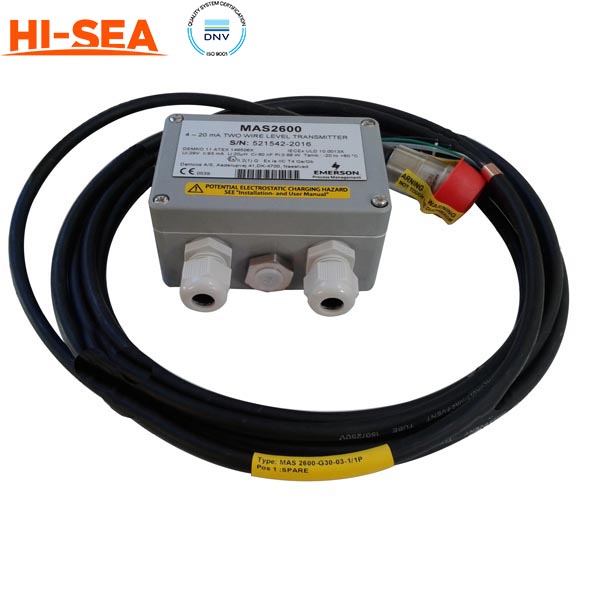
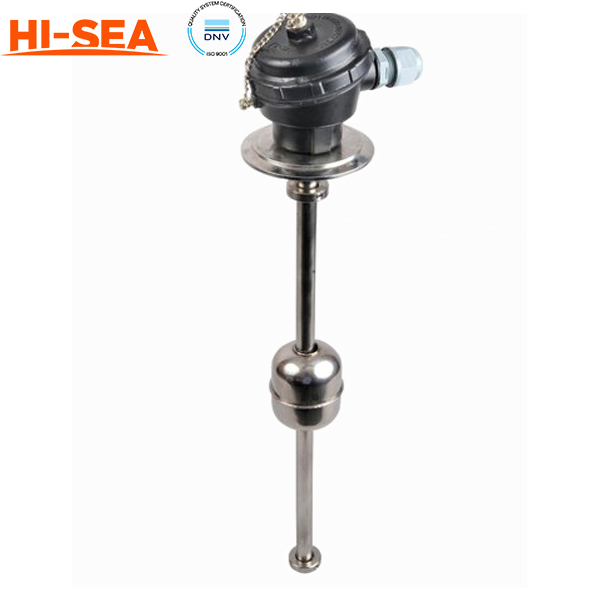
.jpg)
